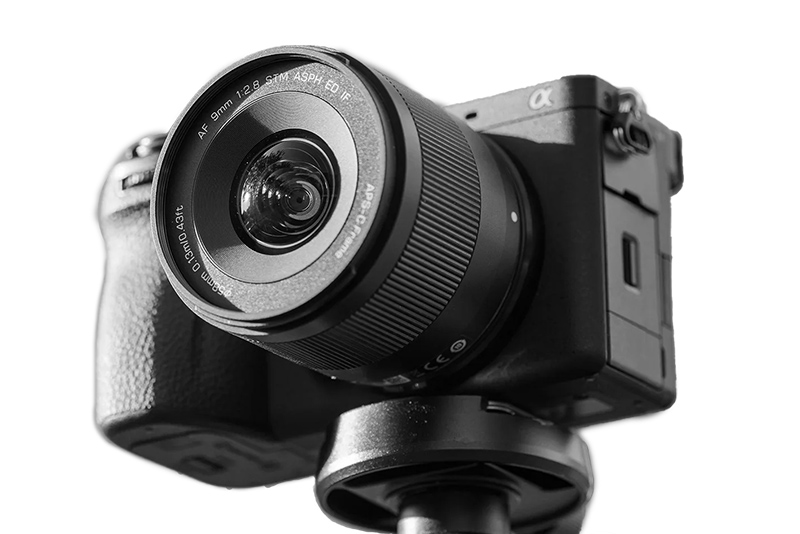
Introduction
On the same day that Viltrox introduced the AF 14mm f/4, an affordable autofocus ultra-wide-angle lens for full-frame cameras, they also announced a 9mm f/2.8 autofocus lens for APS-C cameras — the widest AF prime lens for crop sensors and another addition to their compact, lightweight Air series.
![]() I tested this lens on a Nikon Zfc via a Megadap adapter (Sample images were taken with a Sony a6700)
I tested this lens on a Nikon Zfc via a Megadap adapter (Sample images were taken with a Sony a6700)
 You can see this review as a YouTube video here!
You can see this review as a YouTube video here!
![]() Sample images in high resolution here.
Sample images in high resolution here.
Sample Images



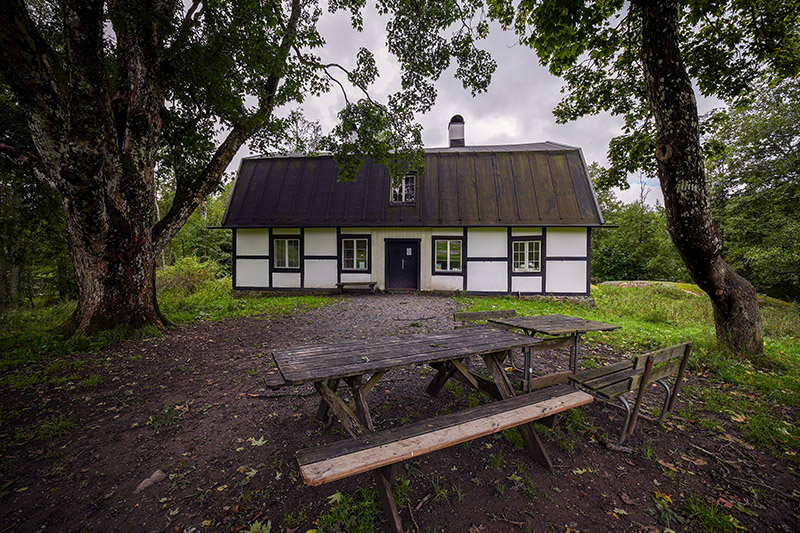


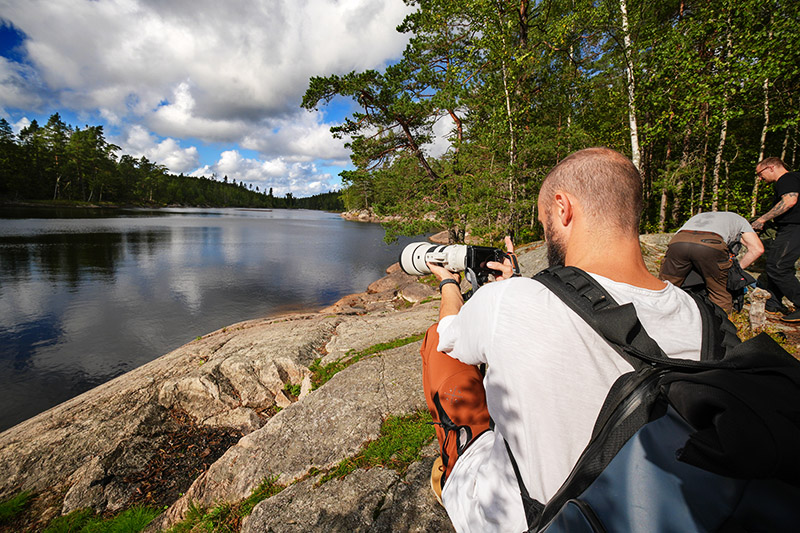
Most of the sample images in this review and many more can be found in higher resolution here.
Specifications
| Focal Length | 9mm |
| Angle of View | 113.8° |
| # of Aperture Blades | 7 |
| Max Aperture | f/2.8 |
| Min Aperture | f/16 |
| Min Focus Distance | 0.13 m (0.15X) |
| Filter Size | 58mm |
| Lens Mount | E, XF, Z |
| Weight | ≈175 g (E & X), ≈190 g (Z) |
| Size (D x L) | 65×56.4 mm (E) 65×56.7 mm (X) 65×58.4 mm (Z) |
| Elements/Group | 13/11 |
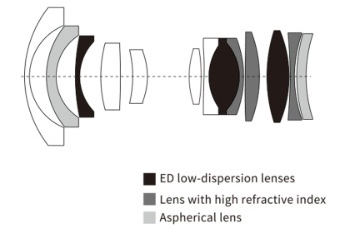
| Buy from: Viltrox Store, B&H, Amazon (anywhere) (Affiliate links) eBay.com, eBay.de |
Disclosure
The Viltrox AF 9mm 2.8 was kindly provided free of charge by Viltrox for reviewing purpose for a few weeks.
Handling and Build Quality
As the name suggests, the Viltrox AF 9mm f/2.8 Air is an autofocus lens. There’s no image stabilization, though at an equivalent focal length of 13.5mm, it’s hardly necessary. The lens feels very light in the hand, and while the build quality doesn’t feel cheap, its mostly plastic construction and light weight mean it lacks a premium feel.
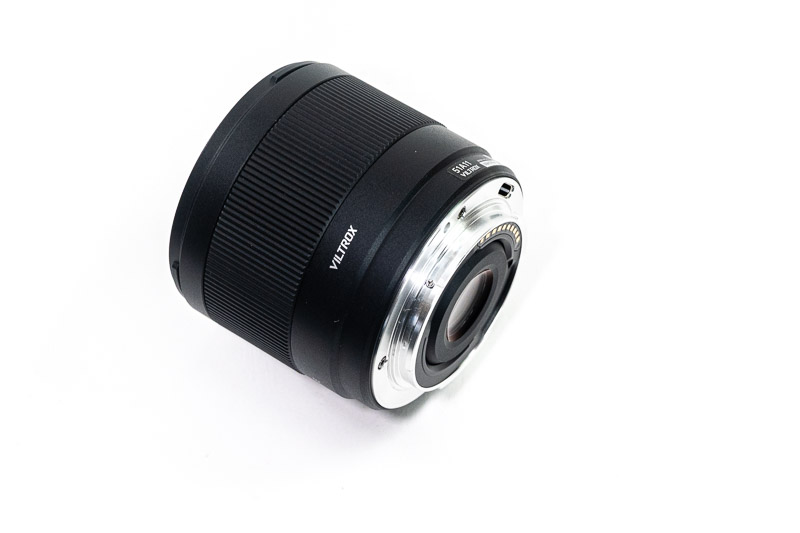
The main control is the relatively large focusing ring. It doesn’t allow live override in AF mode, and its function can only be set to manual focusing in MF mode. The mount plate is metallic, and the lens includes a USB-C port for future firmware updates. There is no weather sealing gasket under the mount plate.

Autofocus is quick and snappy at normal distances, but racking from the minimum focusing distance to infinity (or vice versa) can cause the AF to hesitate, jumping once or twice before locking focus.
It’s worth noting that my test unit was the E-mount version used on a Z camera with an adapter, which may have contributed to some of these quirks. With a native Nikon Z mount version coming soon, adaptation shouldn’t be necessary.
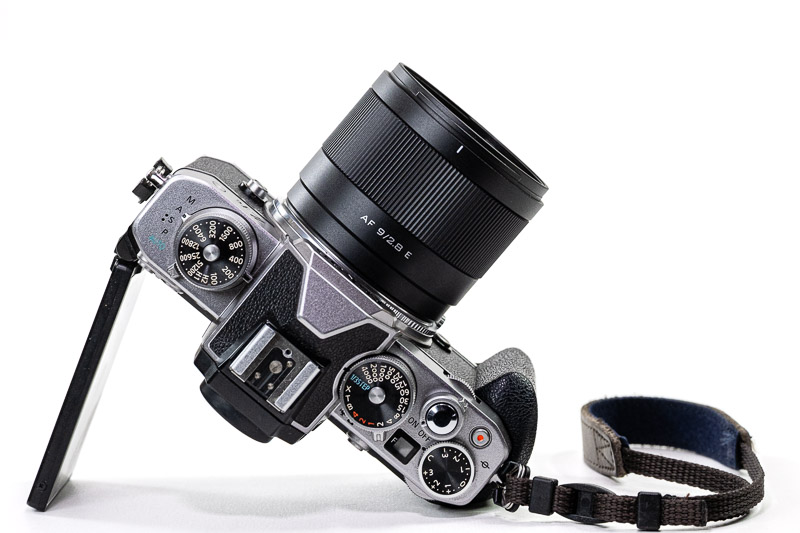
Included in the box are standard front and rear caps and a hard, bayonet-style petal-shaped lens hood.
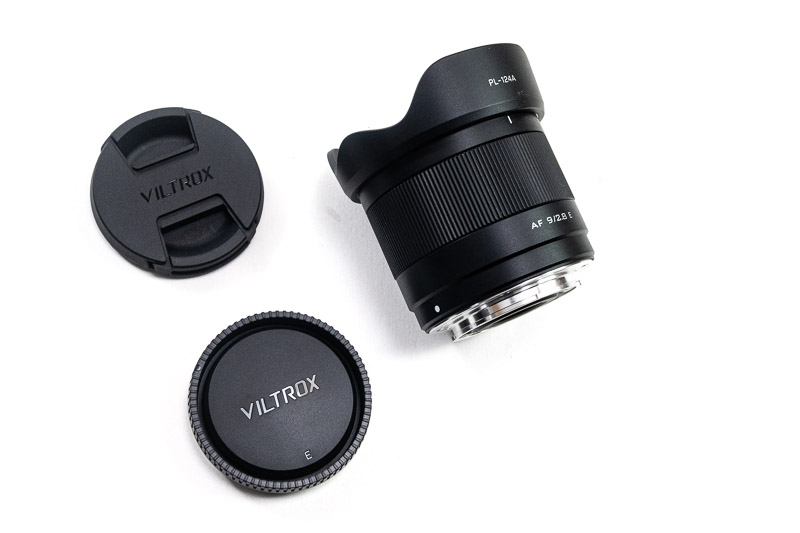
Optical Features
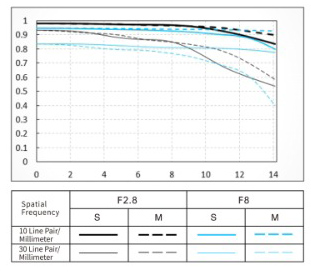
Sharpness (Infinity)
For the infinity sharpness test, we look at three areas of the image, centre, mid-frame, and corner, see highlighted areas in the image below!
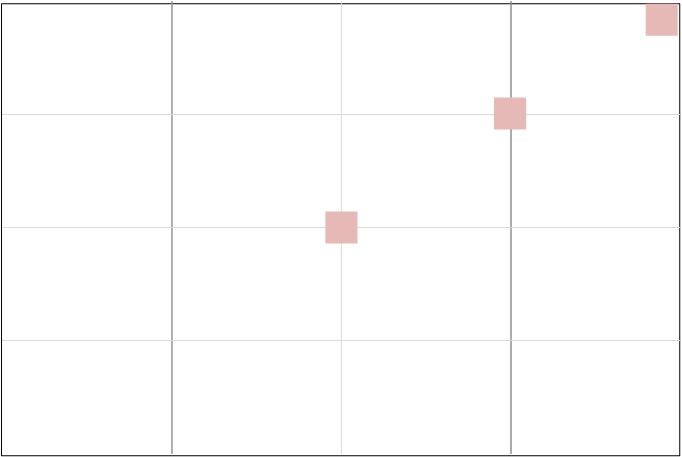


While performance is quite strong in the center of the image and good in the midframe, the corners are relatively weak. The lens reaches optimal across-the-frame sharpness at f/8, with f/11 following closely behind. Normally, Viltrox does not make different versions of the same lens formula for different mounts, so the results should be the same whether you use an adapter or not. Nevertheless, it should be noted that this test was done with the E-mount version, used via an adapter on a Z camera.
Sharpness (Close-up)
This Viltrox 9mm lens has an impressive minimum focusing distance of 0.13 m — though the working distance is only about 6 cm. Another positive is that sharpness is excellent even wide open at f/2.8.
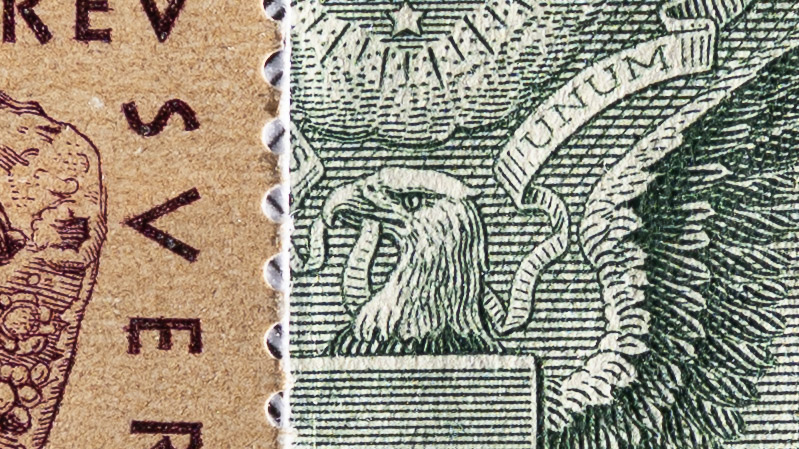


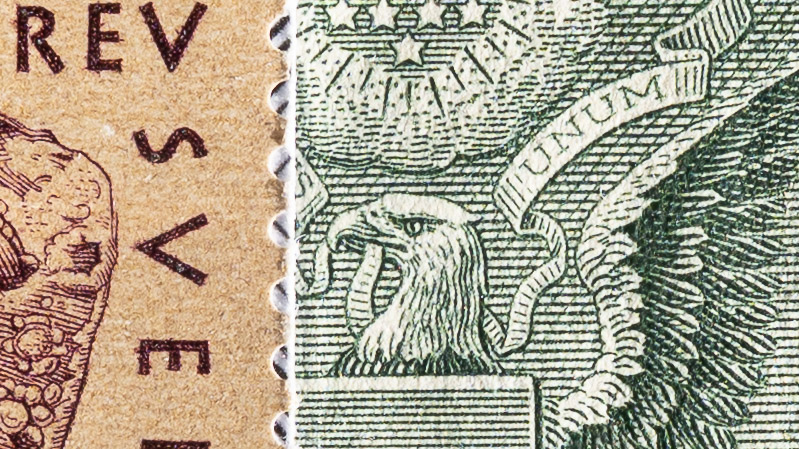
Lens Distortion
The Viltrox 9mm f/2.8 shows a difficult-to-correct vawy distortion, hopefully there will be a correction profile in the future.
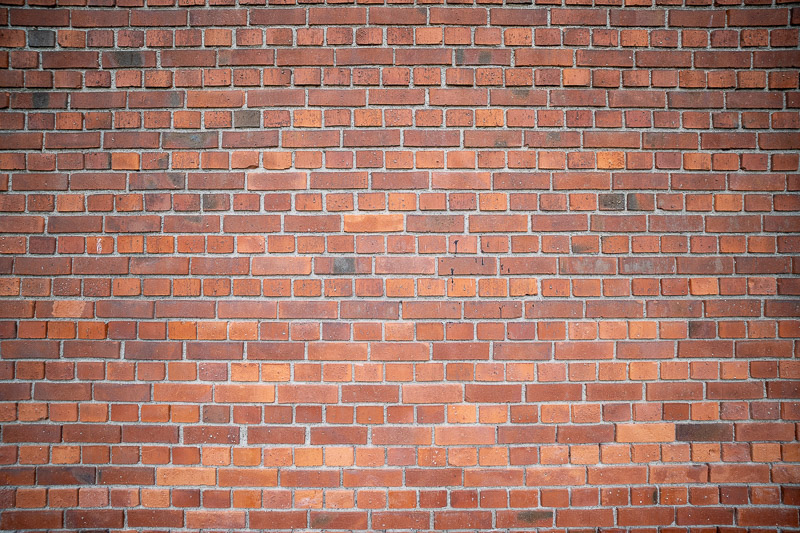
Vignetting
Vignetting is quite high, and stopping down does not improve it much, although this is not unusual for ultra-wide lenses.

- F/1.8: 2.5 EV
- F/2.8: 2.1 EV
- F/4.0: 2.0 EV
- F/5.6: 1.9 EV
- F/8.0: 1.9 EV
Focus Shift & Aberrations
The good news is that neither longitudinal nor lateral chromatic aberrations are visible in the images. There is some focus shift at the minimum focusing distance, but at normal distances it isn’t noticeable thanks to the large depth of field. And since this is an AF lens, even at MFD it’s not a major issue.

Flare Resistance
It’s not unusual to see some weaknesses in affordable ultra-wide-angle lenses, as their wide field of view makes it harder to keep the sun out of the frame. Unfortunately, this lens is no exception. While it does a commendable job of maintaining contrast in most situations, some ghosting can appear under certain conditions.
Coma
This Viltrox lens shows mild coma, which improves when stopping down, but is only fully eliminated at f/11.
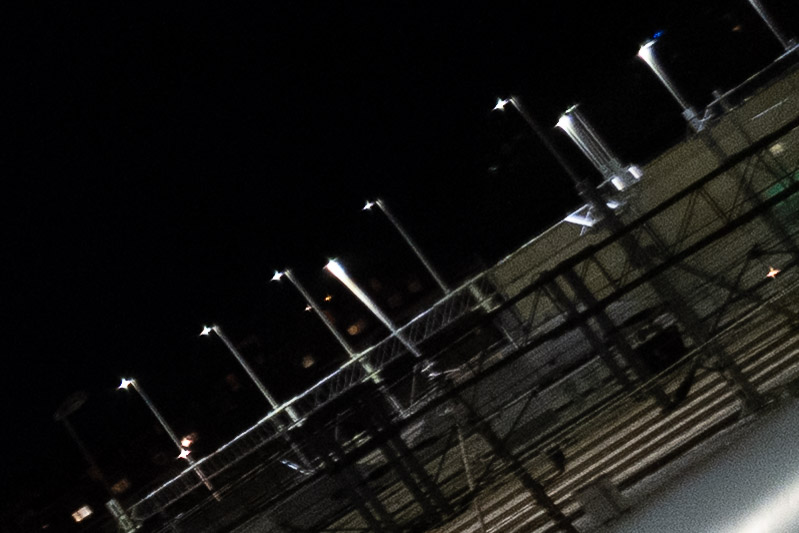

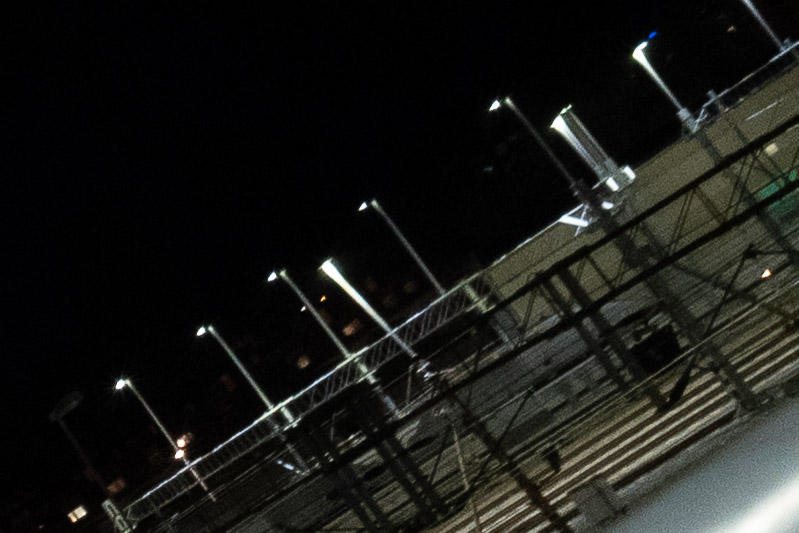

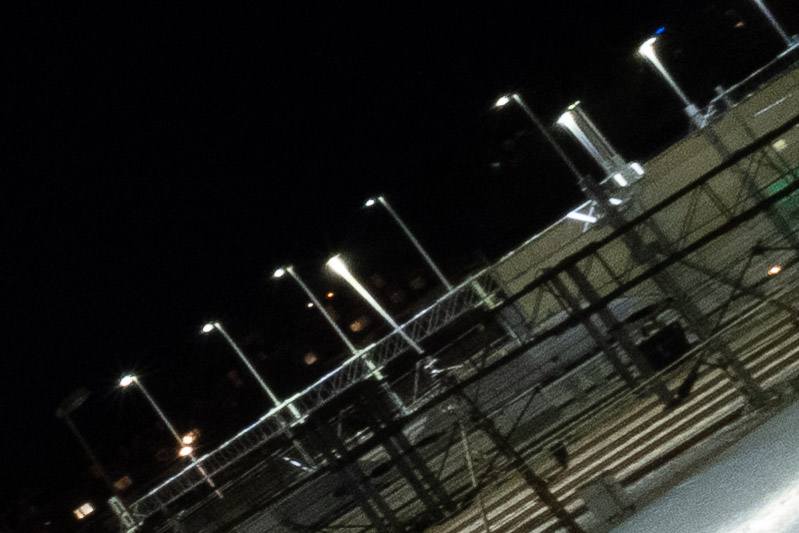
Sunstars
Sunstars start to appear from f/5.6, become fairly well-defined at f/8, and are very well-defined by f/11. Their shape is a bit unusual compared to typical lens sunstars — every other ray is long and the next is short. It’s quite pretty in its own way, though of course that’s subjective.
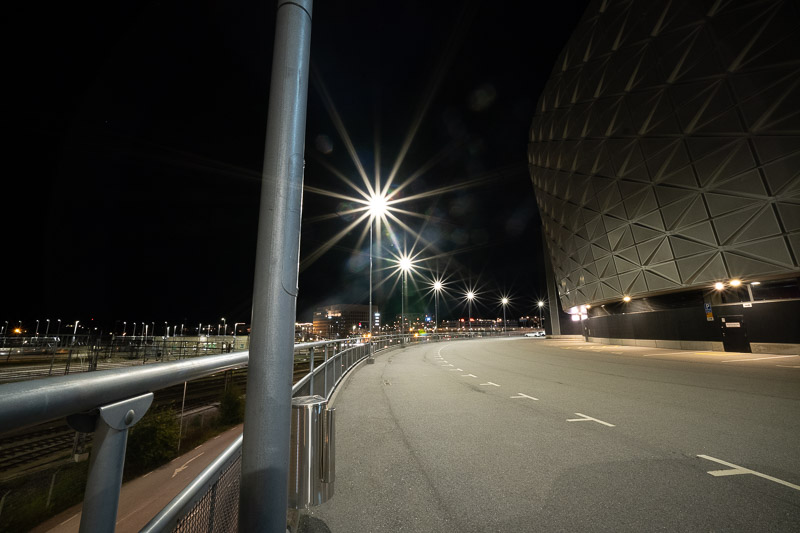


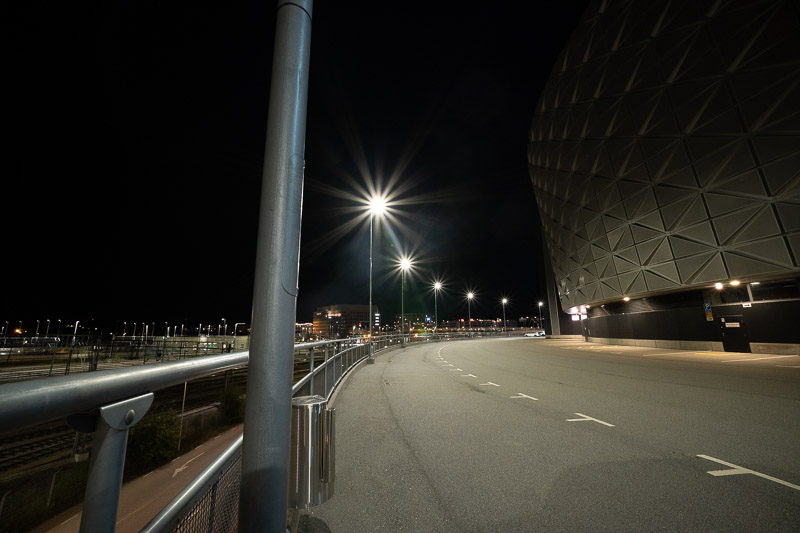
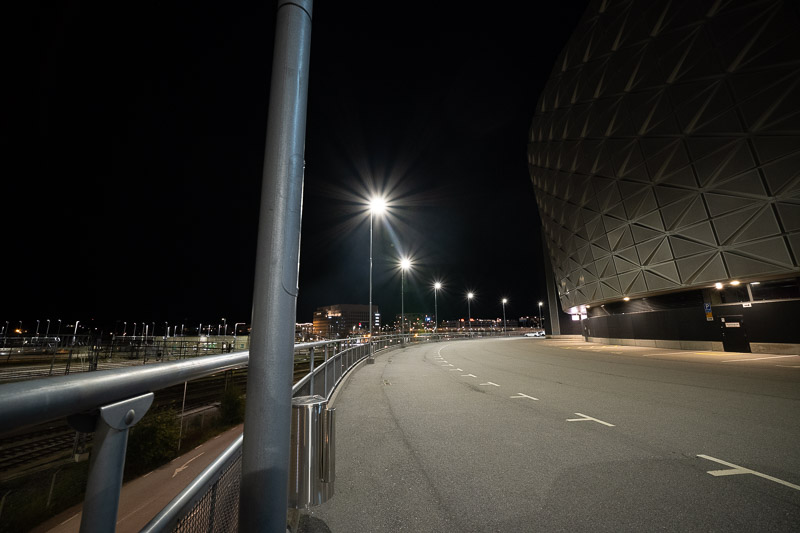
Focus Breathing
There is some focus breathing, but it’s minimal — noticeable only when racking from the minimum focus distance to infinity, and hardly visible when going from 1 meter to infinity.

Bokeh
Ultra-wide-angle lenses like this aren’t typically chosen for their bokeh. However, thanks to its extremely short minimum focusing distance, the Viltrox 9mm can produce some background blur when the subject is close to the MFD.
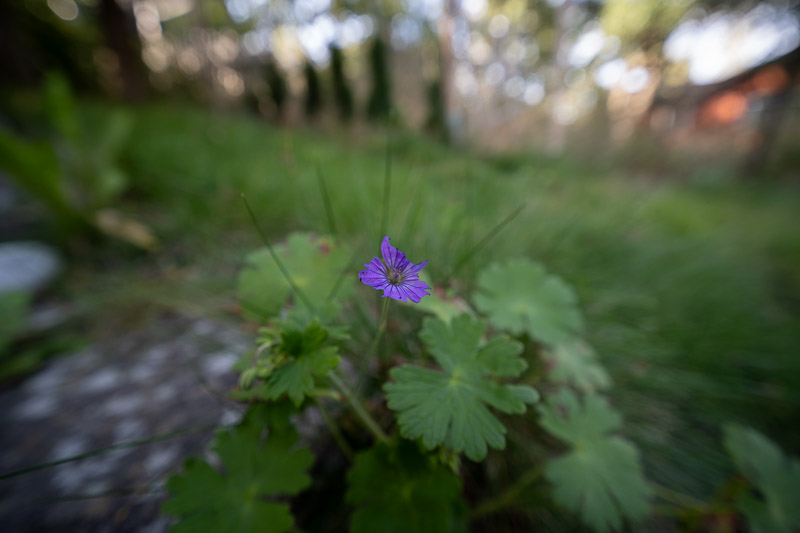
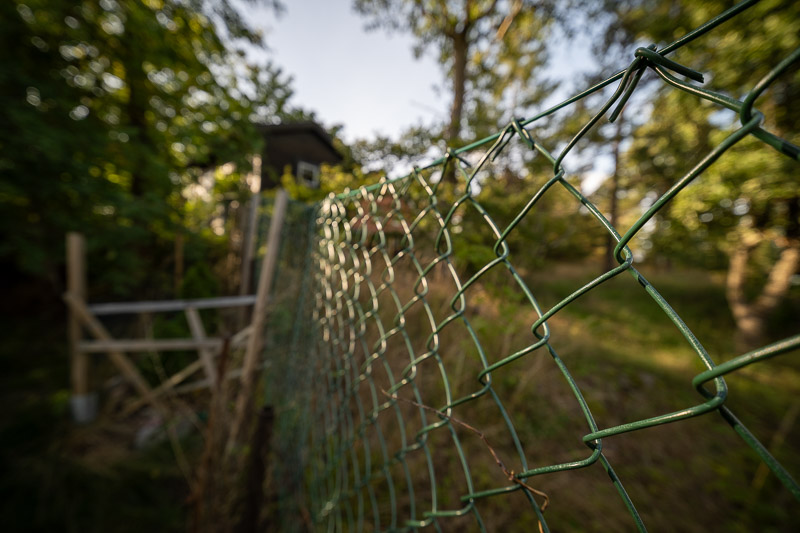
Conclusion
| I LIKE | AVERAGE | I DON’T LIKE |
| Sharpness in centre and midframe Closeup sharpness Contrast CA correction Size and weight Sunstars |
Distortion Vignetting Handling/Build Coma correction |
Flare resistance |
We’ve looked at a few ultra-wide-angle lenses, but none of them offered autofocus, making AF an advantage for this Viltrox 9mm. That said, it’s unclear how significant this is for an ultra-wide-angle lens, though it is a definite plus. In terms of size and weight, it’s similar in size to the others but noticeably lighter, which is another advantage.
Infinity sharpness is good, though not significantly better than the competition, while close-up sharpness is clearly superior.
Overall, this lens has a slight edge in some areas and performs on par in others. At $199, it’s an affordable option, and you can get an additional 5% off when purchasing from the Viltrox online store using the affiliate link.
If you’re looking for a compact ultra-wide-angle lens with autofocus, or the lightest option at this focal length, this is definitely the one to consider.
Writing articles like this one is both time-consuming and costs us a lot of money. If you found this article helpful and decided to buy one of these lenses, please consider using one of the affiliate links.
If you are not interested in buying any of the lenses, but you still found this article useful, interesting, or it saved you a lot of money, treat us to a coffee (donate)!
| Buy: Viltrox Store, B&H, Amazon (anywhere) (Affiliate links) eBay.com, eBay.de |
Alternatives
Laowa 9mm f/2.8 Zero-D
The only other rectilinear lens I know about that is as wide as the reviewed lens is a manual focus lens, though, and costs twice as much at $399. Available for Nikon Z, Fuji X. Sony E, Canon EF/RF, L-mount, MFT
Buy: Laowa Store, Amazon, B&H, eBay.com, eBay.de (Affiliate links)
Artralab Nonikkor-MC 11mm f/1.8
This lens is about 1.3 stops faster than the Viltrox and has a beautiful retro look, a manual lens with fine mechanical and optical qualities. It has some handling quirks when it comes to aperture setting. It is a little more expensive, too. Available for Nikon Z and Fuji X
Buy: Amazon, B&H , Artralab,(Affiliate links)
TTArtisan 10mm f/2
This lens is 1 stop faster than the Viltrox and has a solid metal build, a manual lens with fine mechanical and optical qualities. It has beautiful sunstars. It is a little cheaper than the reviewed lens. $169, available for E, X, Z, MFT, and RF.
Buy: TTArtisan Store, Amazon, B&H (Affiliate links)
SIGMA 12MM F/1.4 DC Contemporay
Impressing two stops faster than the reviewed lens, but it is 3mm less wide, it is actually more than 30% in focal length (or about 15% in angle of view), which is a lot at these focal lengths. Available with Sony E, Fuji X, and Canon RF mounts. At $685, this lens is more than three times as expensive as the reviewed lens. Available for X, E, and RF.
Buy: Amazon, B&H, eBay.com (Affiliate links)
Samyang AF 12mm f/2
Another AF UWA from Samyang, which is one stop faster and while not as wide as the reviewed lens, more suitable for astrophotography due to almost non-existence of coma and the one stop wider aperture. It is only available for E, RF, and X, Price about $280-$450 depending on mount
Buy: Amazon, B&H (Affiliate links)
Sony 11mm f/1.8
This is a brand lens from Sony for Sony cameras only. It is 1.3 stops faster than the reviewed lens, with solid optical quality. It is three and a half times more expensive than the reviewed lens, though.
Buy: Amazon, B&H, eBay.com, eBay.de (Affiliate links)
Fujifilm XF 8mm f/3.5 R WR
Only with Fuji X mount, quite slow compared to other alternatives but wider than the bunch with 121° angle of view and the highest price of $950
Buy: Amazon, B&H (Affiliate links)
More Sample Images
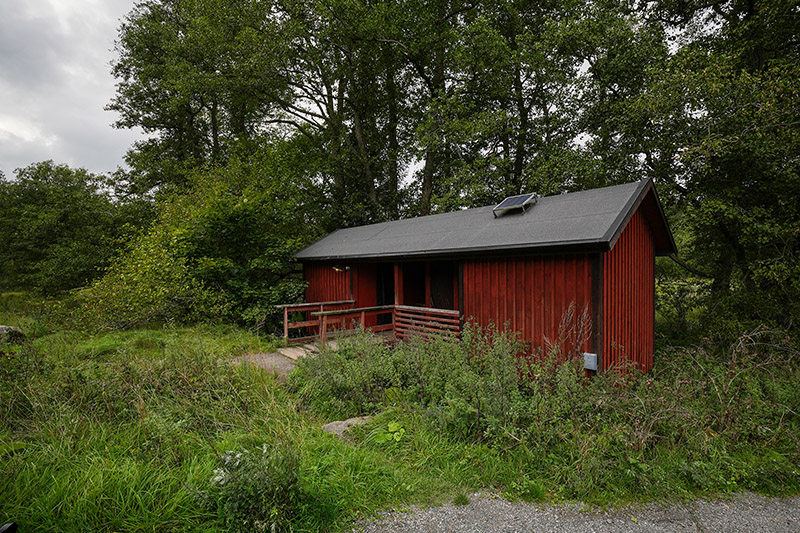
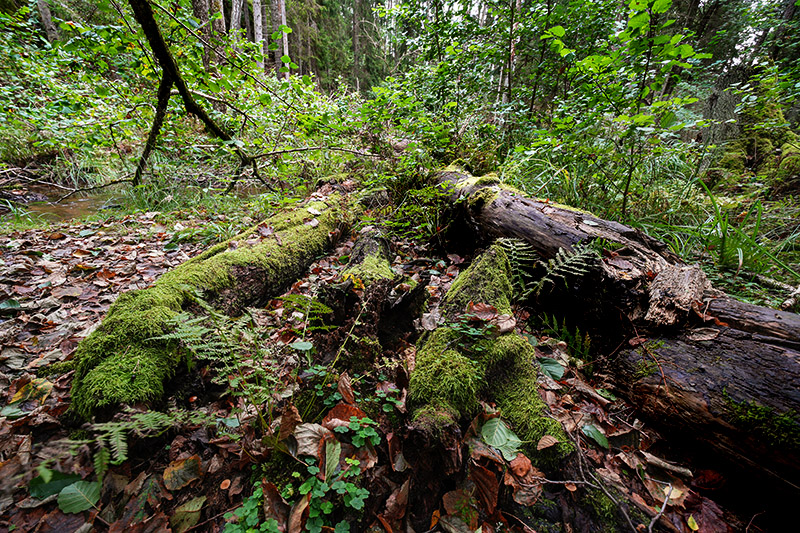
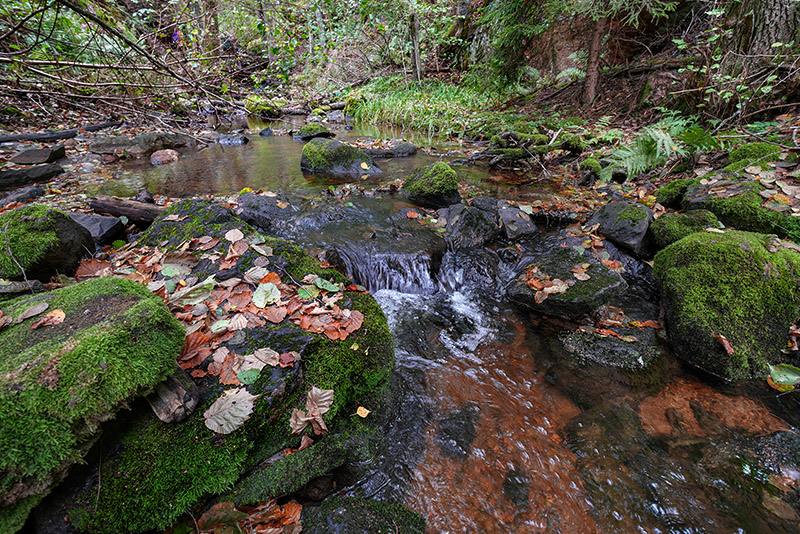
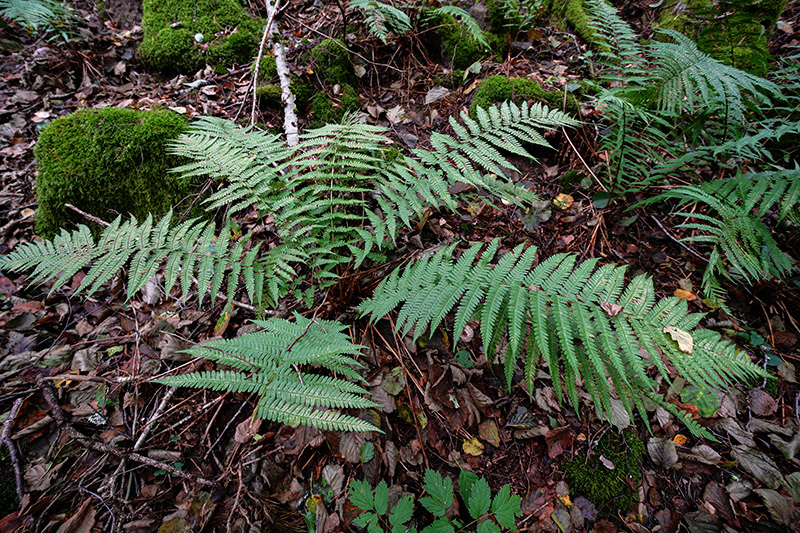




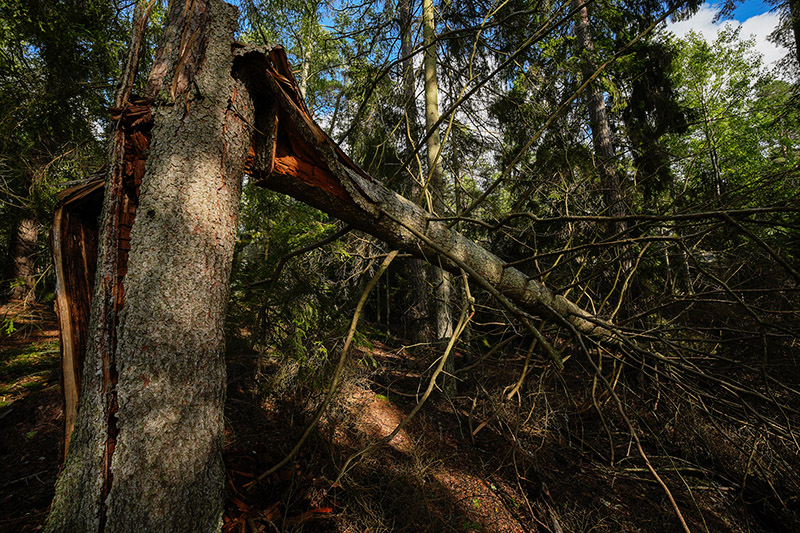

Most of the sample images in this review and many more can be found in higher resolution here.
Further Reading
- What camera gear and accessories do I use most frequently?
- Review: TTArtisan 10mm f/2 (APS-C)
- REVIEW: Artralab Nonikkor-MC 11mm f/1.8 (APS-C)
Support Us
Did you learn something new, find this article useful, or simply enjoy reading it? We’ve put a lot of time and resources into creating it, and your support helps us keep going. If you’d like to show your appreciation, please consider clicking the Donate button!
![]()

(Donations via Paypal or bank card)
What’s in my camera bag? MY 2024 KIT!!
- Main camera : https://amzn.to/3TsGtKg
- Camera grip : https://amzn.to/4e0G3CR
- Memory Card 1: https://amzn.to/47pA20i
- Memory Card 2 : https://amzn.to/3XHYxlZ
- Camera 2 : https://amzn.to/3Xifou8
- Camera grip: https://amzn.to/4dYYpV9
- Memory card 1: https://amzn.to/4e5h2H0
- Memory card 2: https://amzn.to/3zu7W7n
- Small travel tripod: https://amzn.to/4goIX68
- Mini tripod: https://amzn.to/4e09XXX
- Small shoulder bag: https://amzn.to/47tPMiY
- Medium shoulder bag: https://amzn.to/4ej4bjY
This site contains affiliate links, for which I may receive a small commission if you purchase via the links at no additional cost to you. This helps support the creation of future content.
Martin
Latest posts by Martin (see all)
- REVIEW: 7Artisans AF 35mm f/1.8 - October 15, 2025
- REVIEW: Nikon AI Nikkor 24mm f/2 - October 12, 2025
- REVIEW: Viltrox Spark Z3 Flash - October 10, 2025
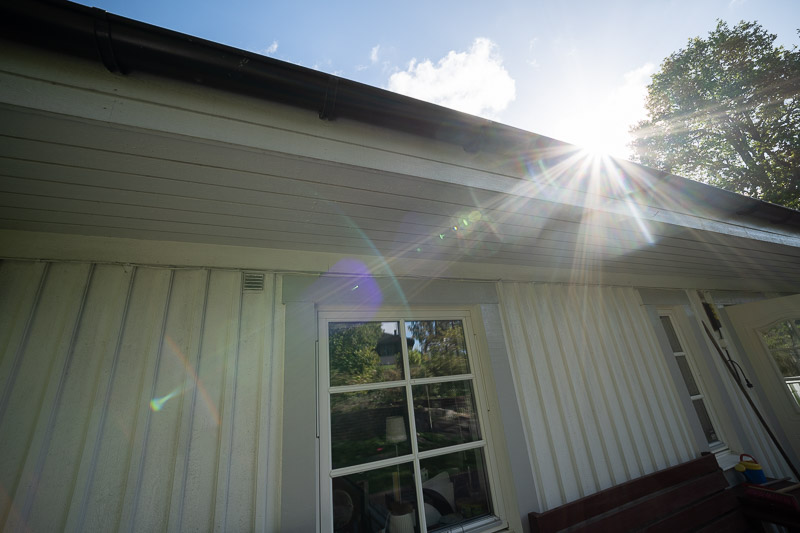
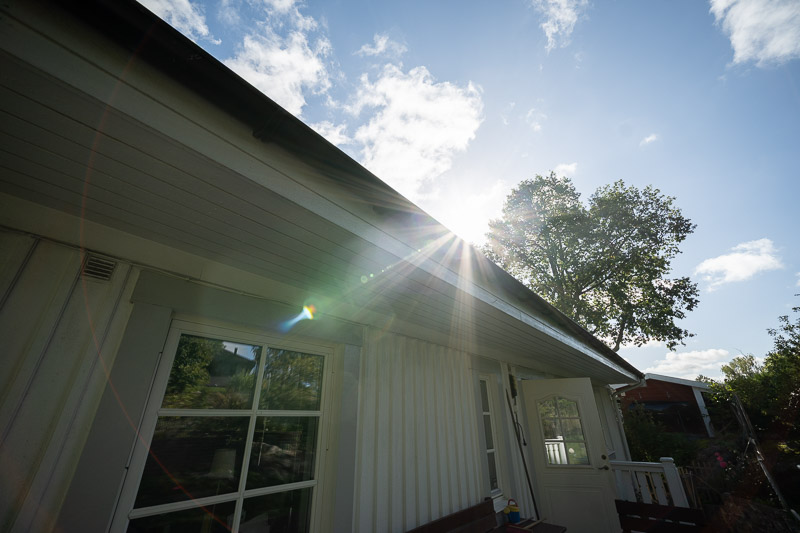


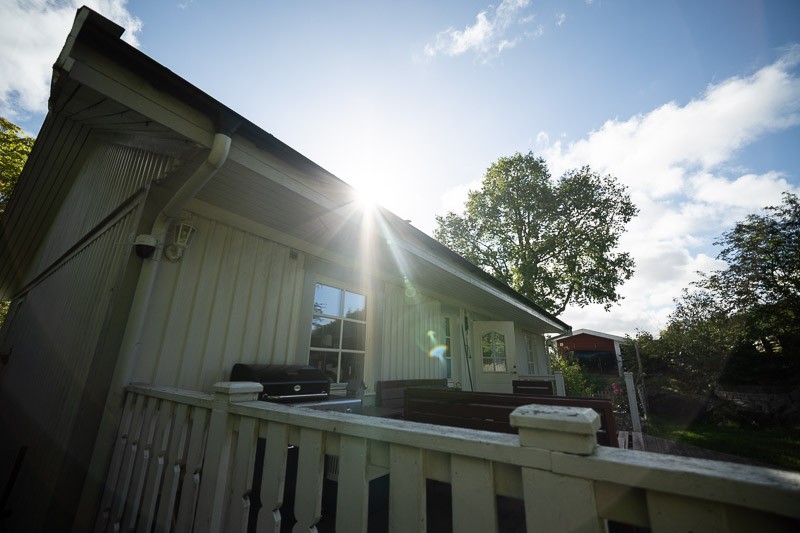
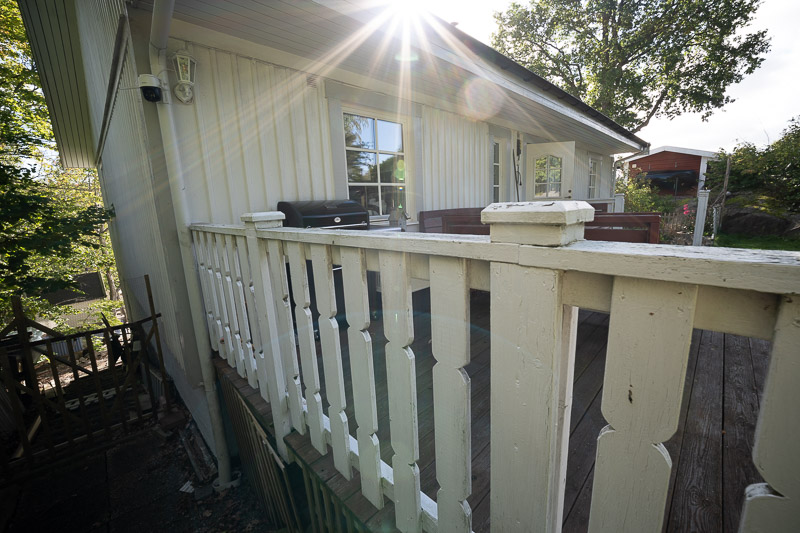

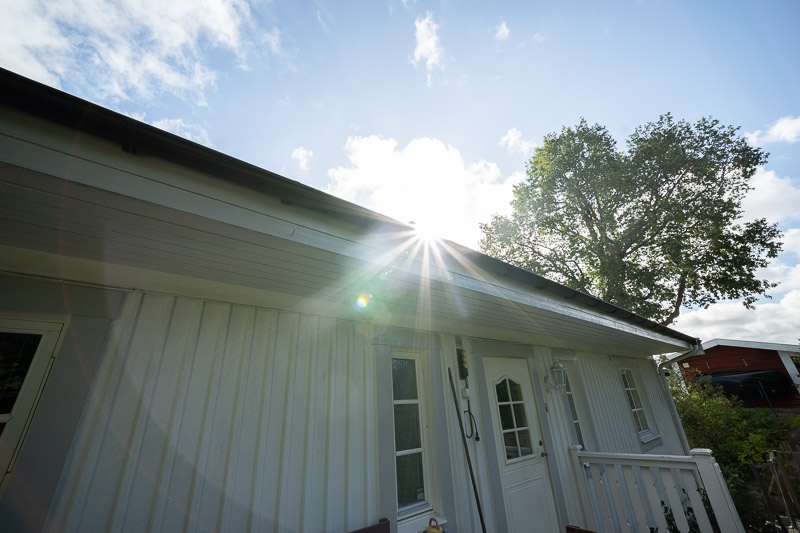
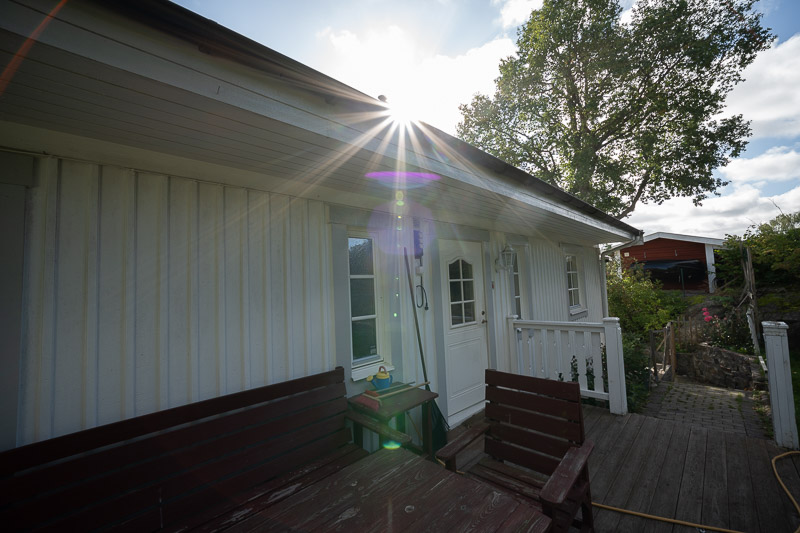

“Nevertheless, it should be noted that this test was done with the E-mount version, used via an adapter on a Z camera.”
How much of a factor could this be on a 9mm lens? I know it varies relative to the lens design, but now I wonder about the actual performance.
I’ll reserve my judgment for now. This could be a nice toy for my small Fuji camera, but if these results are relevant, 14mm F4 on a full frame will suffice.
If the lens were specifically designed for Sony cameras, that would be relevant in this case. But as I mentioned in the article, Viltrox doesn’t usually design three separate lenses for Sony, Nikon, and Fuji. Instead, they adjust for the flange distance and make the body with the appropriate mount. This means that buying the Z version of this lens should not differ much—if at all—from adapting the Sony version to Z.
It seems that the adapter is playing a role on the IQ in the corner as other reviews with native mount show better performance earlier (at least one stop, maybe two). Whatever these 2 new Viltrox UWA and AF are a steal!
It could be so, especially if the lens designers at Viltrox optimised the lens with Sony cameras as their primary target.
I notice that the photos in midframe at 2.8 are visibly better than at 4.0 and 5.6
And something happended to the f/4 picture in the Coma series too. Defocus?
This is a very obvious camera shake, again due to the weak tripod I used during the tests of this lens.
Yes, This is due to the weak tripod I had during the tests of this lens. I noticed the camera shake later when checking the images on computer
I guess this one is good for video, but the poor corner performance makes it unsuitable for landscape. For UWA, their 14mm makes a lot more sense. I wondering how often photographer shoots UWA lens wide open.
While the focal lengths between the Sigma 12mm and the Viltrox 9mm are indeed over 30% different, their fields of view are only around 15% different. That’s because focal lengths and field of view are increasingly less linearly connected the smaller the focal lengths get. While a 400mm lens will deliver very close to half the horizontal FOV of a 200mm lens a 20mm lens will not give half the FOV of a 10mm lens.
Here you can read more about that, it’s a cery common misconception:
https://www.e-consystems.com/blog/camera/technology/field-of-view-vs-focal-length-everything-you-need-to-know/amp/
Thanks Benjamin, you are correct but mind that this is an APS-C lens, 9mm is equivalent to 13.5mm and 13mm is equivalent to 19.5mm lens on FF, about 15% is the correct difference in FoV between 9mm and 13mm.
Here is the FoV of this lens compared to the others mentioned:
Viltrox 9mm: 113.8°
Laowa 9mm: 113°
TTA 10mm: 105°
Sony 11mm: 104°
Nonikkor 11mm: 97°
Sigma 12mm: 99.6°
Looking for something wider than my Samyang 12mm F2 for astrophoto, do you think this Viltrox is a step foward?
Do you have the original Samyang f/2 or the newer AF version?
The manual focus one.
The Samyang (including the newer AF version) uses an older optical design, with noticeable chromatic aberrations and mediocre corner sharpness. The Viltrox, by contrast, is newer, with better sharpness, with autofocus and slightly wider. That said, for astrophotography it’s not clear-cut that the Viltrox is better. Autofocus is irrelevant in astrophotography, and Samyang lenses—such as the 12mm f/2—offer very good coma correction, which is a bit better than on the Viltrox. The extra stop on the Samyang also helps keep shutter speeds shorter. On the other hand, the Samyang’s sharpness at f/2 is not as good as the Viltrox’s. In the end, it really depends on what you value most.